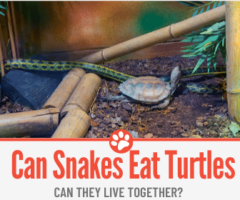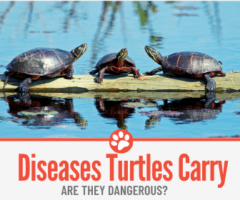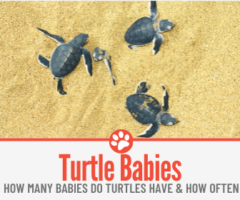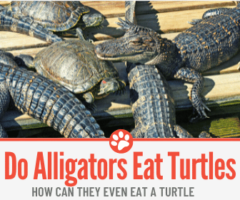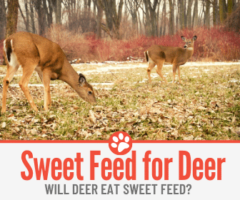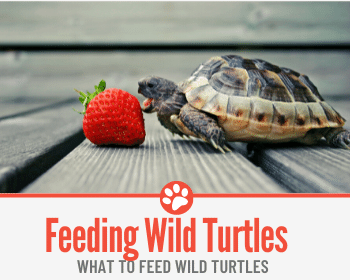 I was walking around the pond in my backyard the other day and was shocked to see two itty-bitty turtles sitting on a log!
I was walking around the pond in my backyard the other day and was shocked to see two itty-bitty turtles sitting on a log!
The pond is man-made and very small, so I started to worry that these little turtles might not be getting enough to eat.
I decided to find out what exactly wild turtles eat and what I could feed the little guys if they weren’t getting the nutrients they need from the pond.
What Can you Feed Wild Turtles?
The answer to this question actually depends on the type of turtle and the habitat it lives in. But in general, it is safe to feed most wild turtles earthworms, grasshoppers, crickets, peas, chopped up apples, carrots, pears, romaine lettuce and most leafy greens (like collard, mustard, and parsley).
Different types of turtles need different diets and nutrients to stay healthy. Before you feed a wild turtle, you should try to identify what kind of turtle it is and how old it is, because this will impact what you should feed it. You should NEVER TOUCH A WILD TURTLE because they can carry Salmonella bacteria and you can get sick.
What do Wild Turtles Eat?
If you find a wild turtle like the ones I found in my pond, I know it can be very tempting to take them home. But you should NEVER touch a wild turtle. Turtles can carry Salmonella bacteria and you can get sick, so it is best to love them from a distance. Even small babies can survive fine in the wild.
If you think your local turtles are not getting enough nutrients or you just want to give them a treat, there are safe ways to do so for both you and the turtle.
Most turtles are omnivores, meaning they eat both plants and animals. As I mentioned, what a wild turtle eats depends on what kind of turtle it is, the habitat it lives in, and how old it is.
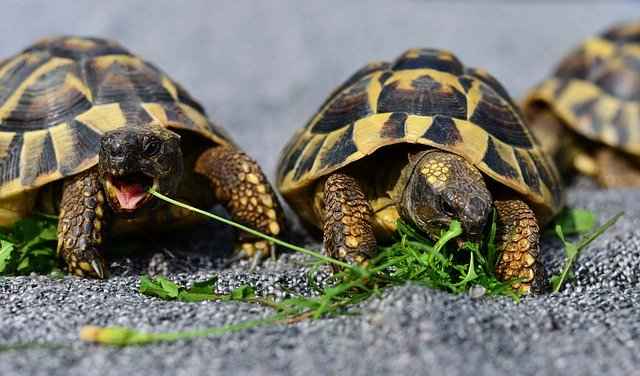
What to Feed Baby Wild Turtles
When turtles are young, they need to eat a lot more protein, so younger turtles tend to be more carnivorous. As they grow up, turtles start eating less meat and more vegetation. Again, what you will feed a baby turtle depends on what kind of turtle it is, but you will want to make sure the baby is eating mostly animal prey. Most baby turtles can eat small earthworms, grasshoppers, crickets, and mealworms.
If you are like me, bugs are not your thing. But I have good news for you! Turtles actually get most of the animal prey they need from their habitat. Baby turtles do not need a lot of vegetation, but if you’re like me and can’t bring yourself to touch crickets and worms, you can give your local pond residents some fruits and veggies.
Safe fruits and veggies for most turtles include carrots, squash, romaine lettuce, collard greens, melons, berries, apples, and bananas. You should remove the skin from all the fruits and veggies and cut them into bite-size pieces for the turtles. Remember, baby turtles do not need a lot of plant matter, so do not give them too much.
What to Feed Wild Box Turtles
Box turtles are also known as box tortoises. They are one of the few land turtles found in North America, which makes their diet a little different than most water turtles. Baby box turtles should eat mostly animal prey with little vegetation, while adults should eat mostly vegetation with little animal prey.
In the wild, box turtles eat grasshoppers, grass, spiders, caterpillars, berries, snails, flowers, earthworms, fallen fruits, and dead animals. If you think your local box turtle is not getting enough of these things, you can feed them the following;
- Insects; earthworms, mealworms, crickets, and grasshoppers.
- Vegetables; peas, carrots, squash, okra, sweet potatoes, green beans, turnip leaves, dandelion leaves, romaine lettuce, collard greens and mustard greens.
- Fruit; peaches, blackberries, apples, plums, raspberries, mulberries, pears, mango, bananas, cherries, and melons.
What to Feed Wild Water Turtles
Feeding water turtles (or pond turtles) is a bit different than feeding land turtles, like the box turtle. The most common freshwater turtles are snapping turtles, painted turtles, and red-eared slider turtles. Most pond turtles are omnivores, meaning they eat both animal prey and vegetation.
You should try to feed wild turtles the same things they would eat in their natural habitat, and you should put any food you give them in the water. Aquatic turtles have a hard time eating on land, and if you leave the food on land, they will probably drag it to the water anyway.
You also need to make sure the food is cut into bite-size pieces, and any fruits with skin (like melons and grapes) need the skin removed. While each species of turtle eats different things, here are some foods that are safe for most freshwater turtles;
- Aquatic Plants: duckweed, frog-bit, water hyacinth, water lettuce, and water lily leaves.
- Fruits & Veggies: (these are also safe for box turtles) carrots, squash, apple, pear, peas, banana, papaya, guava, grapes, strawberries, raspberries, blackberries, blueberries, romaine lettuce, collard greens, kale, mustard greens, dandelion leaves, watercress, arugula, parsley, watermelon, cantaloupe, and honeydew.
- Animal Prey: dragonfly larvae, beetle larvae, crickets, grasshoppers, mealworms, roaches, waxworms, aquatic snails, earthworms, blackworms, small frogs, tadpoles, rosy red minnows, and common guppies.
- Pellets: when you identify the type of turtle you found, you can check pet stores (in-store and online) for pelleted food made specifically for that kind of turtle! Pellets can be a great food because they contain both plant and animal matter!
You can easily find crickets, earthworms, mealworms, guppies, and rosy red minnows at your local pet stores and bait shops. I have even found earthworms at my local Walmart! Pet stores also often have duckweed, water hyacinths, and water weeds. Fruits and veggies can be found at your local grocery store!
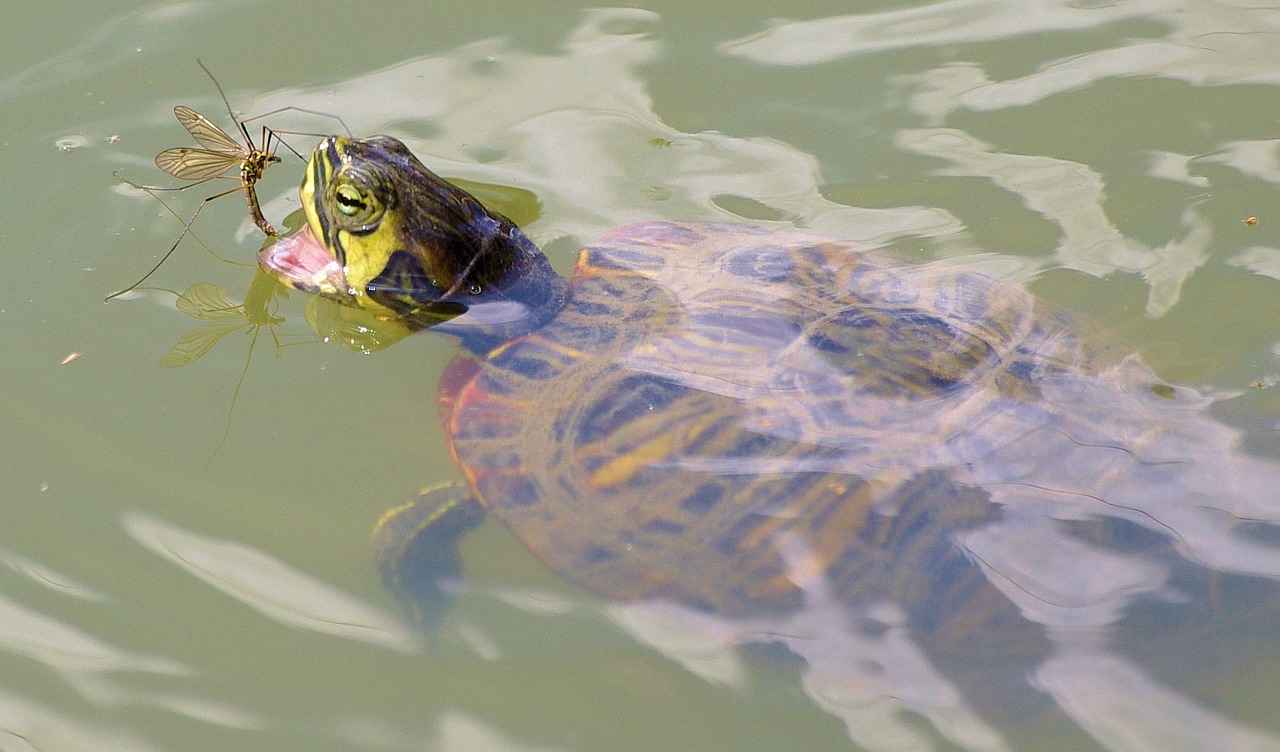
What to Feed Wild Snapping Turtles
Snapping turtles are primarily carnivores at every age, but especially when they are young. I mentioned earlier that you should love wild turtles from a distance and NEVER touch them. This is especially true for snapping turtles because, as their name implies, they bite. Snapping turtles are EXTREMELY aggressive so if you are going to feed one keep your distance. Here are some foods that are safe for wild snapping turtles;
- Aquatic Plants: duckweed, water hyacinths, water weeds, water fern, water lettuce, yellow pond lilies, and bog moss.
- Fruits & Veggies: apples, pears, bananas, peas, romaine lettuce, and leafy greens (collard greens, mustard greens, parsley, etc.).
- Animal Prey: tadpoles, guppies, rosy red minnows, aquatic snails, earthworms, small frogs, and leeches.
What to Feed Wild Painted Turtles
Wild painted turtles eat mostly animal prey when they are young and eat more vegetation as they grow older. They are still omnivores, so they need a balanced diet of animal prey and vegetation. Here are some foods that are safe for wild painted turtles;
- Aquatic Plants: duckweed, water hyacinth, water lettuce, and lily leaves.
- Fruits & Veggies: watermelon, honeydew, cantaloupe, banana, strawberries, blackberries, blueberries, raspberries, apple, pear, mango, peas, romaine lettuce, and most leafy greens.
- Animal Prey: crickets, grasshoppers, aquatic snails, roaches, earthworms, mealworms, rosy red minnows, and guppies.
What to Feed Wild Red-Eared Slider Turtles
This is the type of turtle I found in my pond (I named them Crimson and Scarlet)! The little guys I found are babies, which means they need to eat mostly animal prey and not so much vegetation. Luckily for Crimson and Scarlet, they found a home with lots of guppies and insects to eat! I still wanted to take them a treat, so every few days I bring them a piece of romaine lettuce, collard greens, and a couple raspberries for a treat. Here are some foods that are safe to feed red-eared slider turtles;
- Aquatic Plants: water lily, aracaris, duckweed, water fern, and water hyacinth.
- Fruits & Veggies: dandelion leaves, romaine lettuce, most berries, apple, pear, grapes, banana, papaya, most melons, carrots, squash, peas, and most leafy greens.
- Animal Prey: small apple & pond snails, guppy fry, earthworms, silkworms, mealworms, roaches, rosy red minnows, guppies, hard-boiled eggs, and crickets.
What do Wild Turtles Eat in Ponds?
Again, this depends on the type of turtle and the habitat it lives in. Turtles are omnivores and will eat almost anything they can get their mouth on.
In general, wild pond turtles eat:
- Snails
- Worms
- Small insects and insect larvae
- Small fish and amphibians
- Dead animals
- Aquatic plants
- Algae
- Fallen fruit
- Flowers and leaves
What do Wild Turtles Eat in the Ocean?
Sea turtles are like freshwater turtles because they too have a unique diet for each species, but they are also very different. Some sea turtles keep the same diet throughout their entire life while others change what they eat when they grow into adulthood. A sea turtle’s diet varies by age and species. They can be carnivores, omnivores, or vegetarians.
Carnivore Sea Turtles
- Leatherback: eats mostly jellyfish and soft-bodied invertebrates.
- Kemp’s Ridley: eats mostly jellyfish, crabs, shrimp, and small fish.
- Adult Loggerhead: eats mostly horseshoe crabs, snails, sponges, jellyfish, sea urchins, fish eggs, and shrimp.
Omnivore Sea Turtles
- Flatback: eats mostly sea cucumbers, jellyfish, crabs, soft corals, algae, and mollusks.
- Hawksbill: eats mostly marine sponges, algae, sea worms, and mollusks.
- Olive Ridley: eats mostly sea plants, lobsters, shrimp, jellyfish, snails, and seaweed.
- Young/Hatchling Green Turtle: eats mostly marine plants, crustaceans, marine worms, and sponges.
- Young/Hatchling Loggerhead: eats mostly seaweed, seagrass, crabs, and sponges.
Vegetarian Sea Turtles
- Adult Green Turtle: eats mostly seagrass and seaweed
Related Questions
Can wild turtles eat bread?
NO! You should NEVER feed a wild or pet turtle bread, or any processed foods for that matter. Man-made foods that are high in sugar and flour (like candy and bread) are very bad for a turtle’s stomach. Turtles are not adapted to eating processed foods and eating them can do serious damage to their digestive system.
Can wild turtles eat strawberries?
YES! Wild and pet turtles can eat almost every kind of berry, including strawberries! Some of their favorites include strawberries, blueberries, blackberries, and raspberries.
Can wild turtles eat lettuce?
Turtles can eat romaine lettuce, but not iceberg. Iceberg lettuce does not give turtles any nutritional value, but it makes them feel full, so they do not seek out other food. It is best to feed wild turtles and pet turtles romaine lettuce, because they get nutritional value from eating this veggie.
Can wild turtles eat apples?
Yes! Apples make a great treat for wild turtles; you just need to make sure the apple is cut into bit-size pieces and the skin is removed. And remember, I said apples make a great TREAT, so you should not give a turtle more than a couple small pieces a day.
Can wild turtles eat carrots?
Yes! Carrots are an excellent vegetable for turtles! If you are feeding a wild turtle or a pet turtle, you should grate the carrots into bite-size pieces so they can eat them. Be careful not to feed too many carrots to a wild turtle though. Carrots are not a part of their natural diet and adding large amounts of unfamiliar food can be bad for a turtle’s tummy.
Can wild turtles eat spinach?
NO! Spinach, chard, beets, and rhubarb are all high in Oxalic Acid, which is very bad for turtles. Oxalic Acid prevents turtles from absorbing Calcium, which is one of the most important nutrients for all reptiles. If a turtle does not get enough calcium, it could develop Metabolic Bone Disease, so it is best to stay away from spinach.

